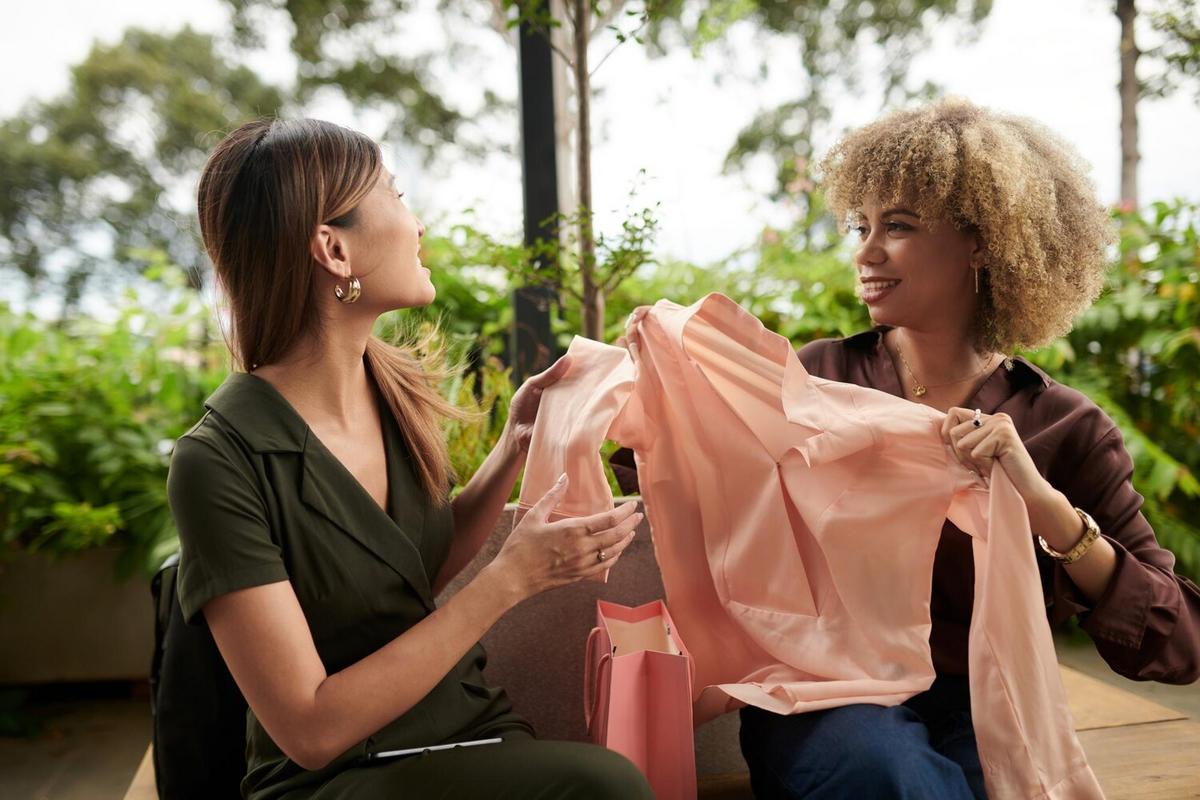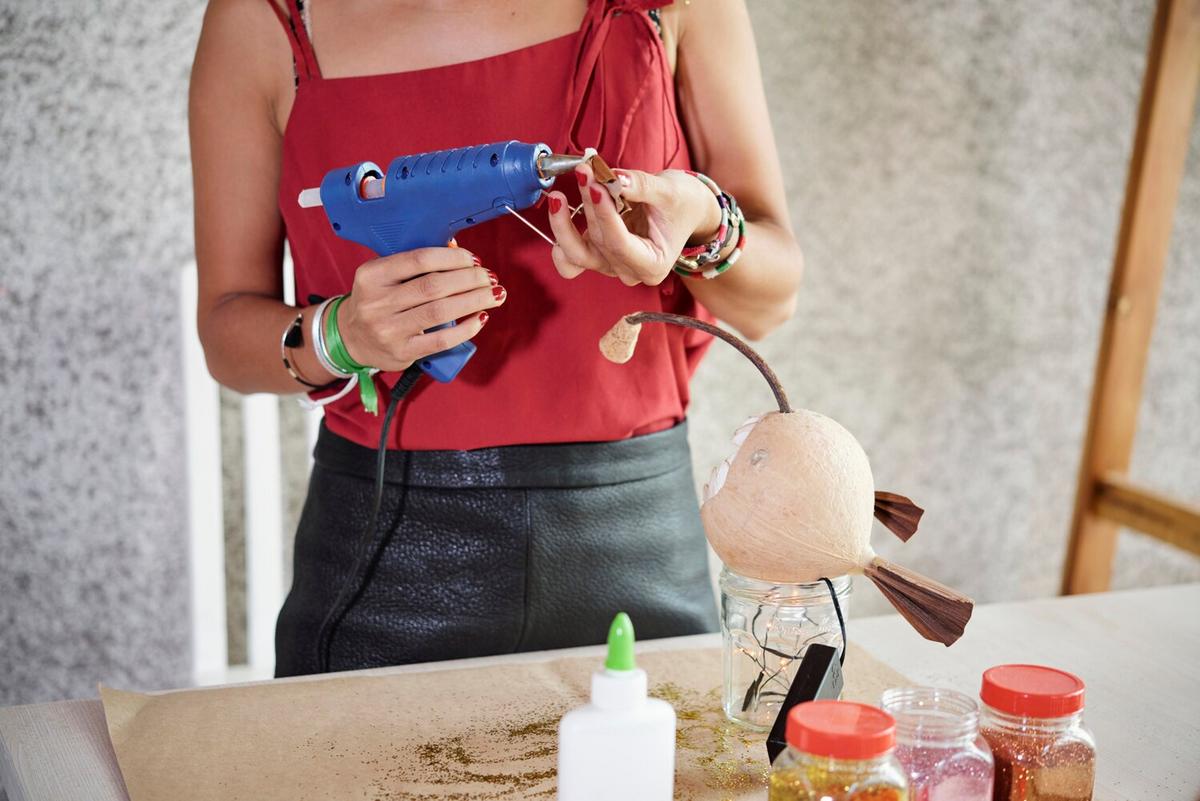The fashion industry is undergoing a significant transformation, driven by an increasing demand for sustainability and ethical practices. As consumers become more conscious of their environmental impact, sustainable fashion emerges as a key trend shaping the future of clothing and accessories.
The Rise of Sustainable Fashion
In recent years, sustainable fashion has gained momentum as consumers seek alternatives to fast fashion. This shift is fueled by growing awareness of the environmental and social costs of traditional fashion production. A report by the Ellen MacArthur Foundation highlights that the fashion industry is responsible for 10% of global carbon emissions, a number that underscores the need for change.
Expert Insights
According to Clare Press, a renowned sustainable fashion advocate, “Sustainable fashion is more than just a trend; it’s a necessary evolution.” Her words echo the sentiment of many in the industry who believe that sustainability is the future of fashion.
Innovative Trends Leading the Change
Several trends are paving the way for a more sustainable fashion industry. Here, we explore some of the most impactful:
- Eco-friendly Materials: Brands are increasingly using organic cotton, recycled polyester, and plant-based dyes to reduce environmental impact.
- Upcycling and Recycling: This trend involves repurposing old garments into new designs, minimizing waste.
- Slow Fashion Movement: Emphasizing quality over quantity, slow fashion encourages consumers to invest in durable, timeless pieces.
- Transparent Supply Chains: Consumers now demand visibility into how and where their clothes are made, prompting brands to be more transparent.
Practical Examples
Emma, a fashion enthusiast, shares her journey towards a sustainable wardrobe. “I started by researching brands committed to ethical practices and gradually replaced my wardrobe with sustainable options. It’s been rewarding to know my choices support the planet.”
Actionable Tips for Embracing Sustainable Fashion
- Research Brands: Look for certifications like Fair Trade and Global Organic Textile Standard (GOTS).
- Buy Less, Choose Well: Invest in quality pieces that last longer.
- Repurpose and Recycle: Get creative by upcycling old clothes or donating them.
- Support Local Artisans: Purchase from local designers who prioritize sustainability.
Comparison Table: Fast Fashion vs. Sustainable Fashion
| Aspect | Fast Fashion | Sustainable Fashion |
|---|---|---|
| Production Speed | Rapid | Slow and mindful |
| Environmental Impact | High | Low |
| Material Quality | Often low | High-quality, durable |
| Cost | Low upfront | Investment for longevity |
| Supply Chain | Opaque | Transparent |
| Trend Lifespan | Short-lived | Timeless |
| Consumer Impact | Disposable | Conscious |
| Worker Welfare | Often neglected | Prioritized |
Consider organizing clothing swaps with friends to refresh your wardrobe sustainably without spending money.
Frequently Asked Questions
What is sustainable fashion?
Sustainable fashion refers to clothing that is designed, manufactured, and distributed in ways that are environmentally friendly and socially responsible.
Why is sustainable fashion important?
It reduces environmental impact, promotes ethical labor practices, and encourages consumers to make mindful purchases.
How can I start building a sustainable wardrobe?
Begin by researching sustainable brands, investing in quality pieces, and recycling or upcycling old clothing.
Conclusion
Sustainable fashion is more than just a fleeting trend; it represents a fundamental shift towards a more responsible and ethical industry. By embracing eco-friendly practices and supporting brands committed to sustainability, we can make a positive impact on the planet. As consumers, our choices matter. Let’s continue to support and drive the change towards a more sustainable future in fashion.




Leave a Reply